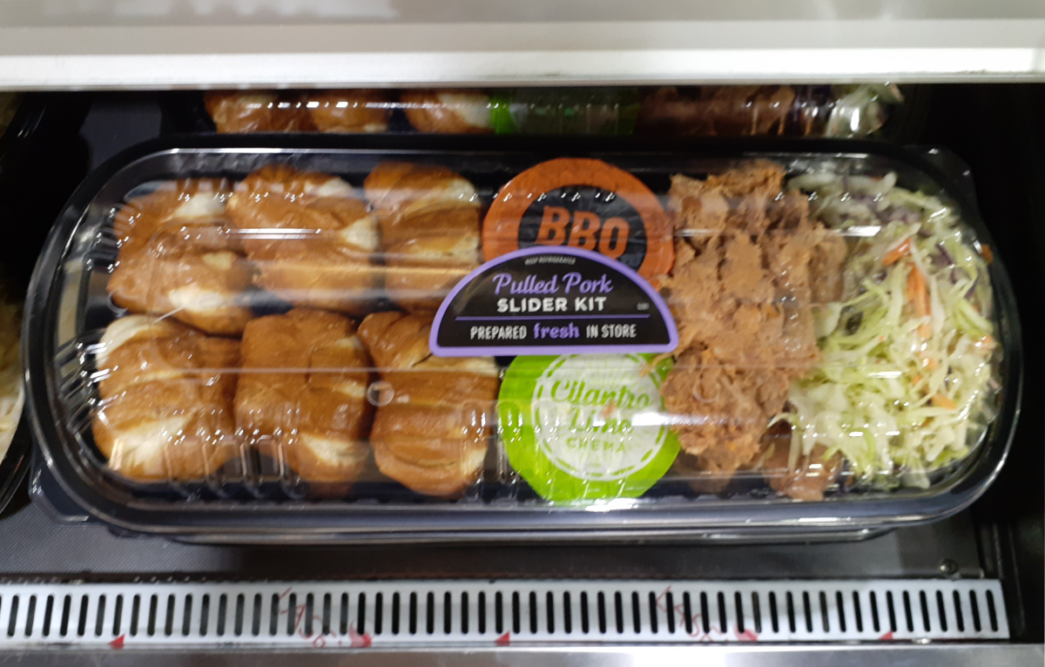ATLANTA — COVID forced Americans to bring the restaurant experience home. Many found their inner cooks, discovering that they could do gourmet in their own kitchens — for a fraction of the real restaurant price.
Restaurants are open again, but many consumers got used to those experiences at those lower prices — 60% say they want to spend less money at restaurants — and they want retailers to lend them a hand. Deli/prepared sections can play a major role.
That was one of the takeaways of a June 5 session at the Madison, Wis.-based International Dairy Deli Bakery Association’s annual show — its first in three years. And it’s a theme throughout the show, which runs through June 7. Meal kits, meal solutions, hybrid meals and anything else with “meal” in the title was top of mind for exhibitor after exhibitor.
“Upscaling the everyday is what this decade is going to be about,” said Jonna Parker of IRi, who co-presented the session with 210 Analytics’ Anne-Marie Roerink.
That might mean preparing half of the meal at home but turning to the instore deli for help with a new and interesting side, or the instore bakery for a bread or roll upgrade.
Retailers are starting to get the message, but they still have a long ways to go. Roerink related a recent incident when she was speaking and asked audience members to pull out their phones to order lunch. Not a single one thought to order a meal from a grocery store.
“The biggest mega-trend we’re seeing now is delivering true convenience to consumers,” Roerink said. That means convenience throughout the entire process, she said, from planning to prep.
Parker cited an example from foodservice in which a breakfast, morning coffee and lunch for later in the day were bundled together for a consumer to pick up on her or his way to work.
“Imagine if the deli did that?” she said.
There are other ways in which perimeter departments and grocery stores as a whole can bring that upscaled meal experience post-COVID consumers are still craving, Parker and Roerink said:
- Position offerings as local, chef-inspired and made. Artisan and hand-crafted drive premium messaging.
- Add value through nutritional messaging and aligning with consumers’ beliefs.
- Portion size variety is a sales winner. Reach out to one- and two-person households, which are now the US norm.
- Ready-to-eat, ready-to-heat and ready-to-cook are all growth drivers.

